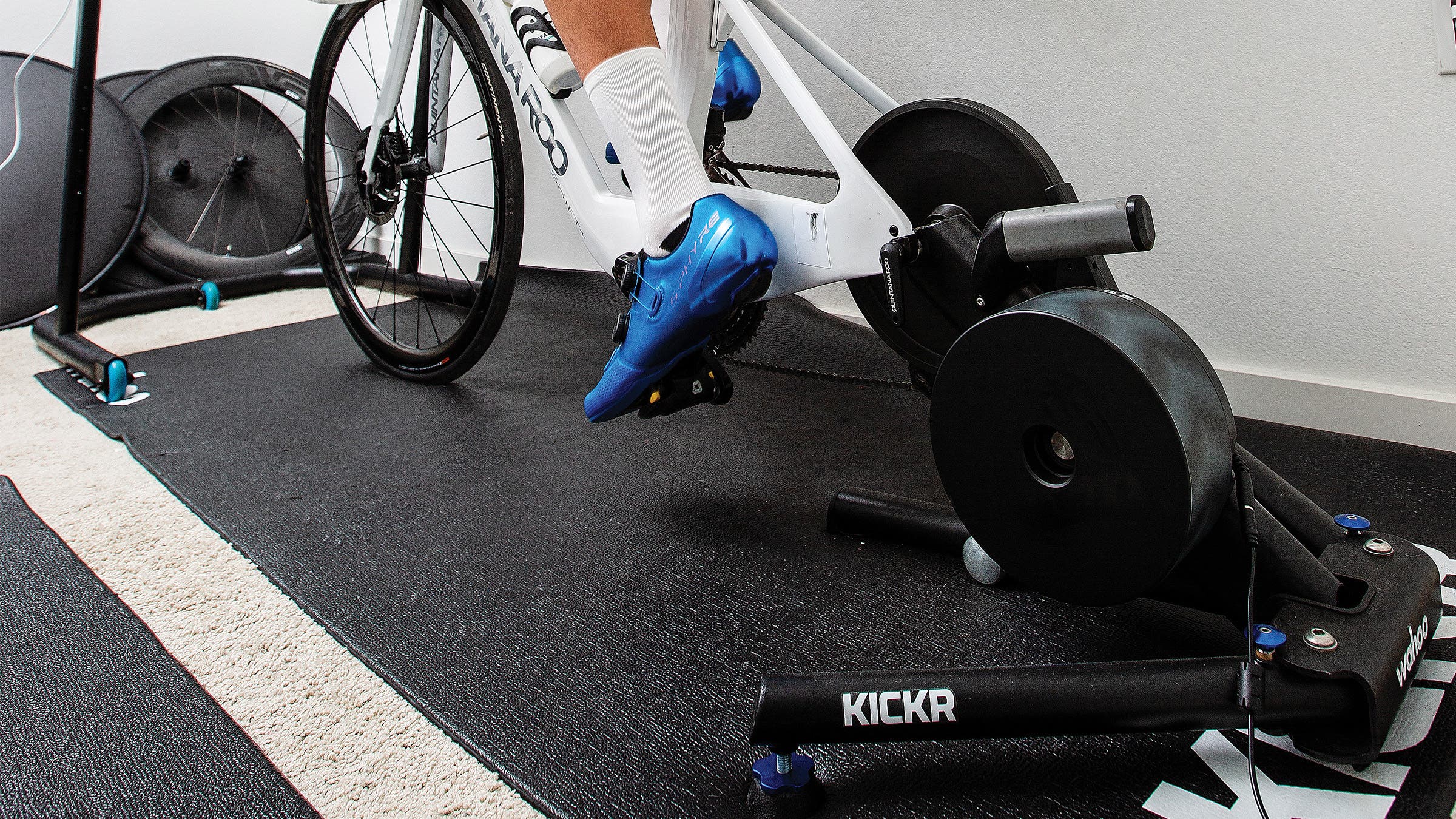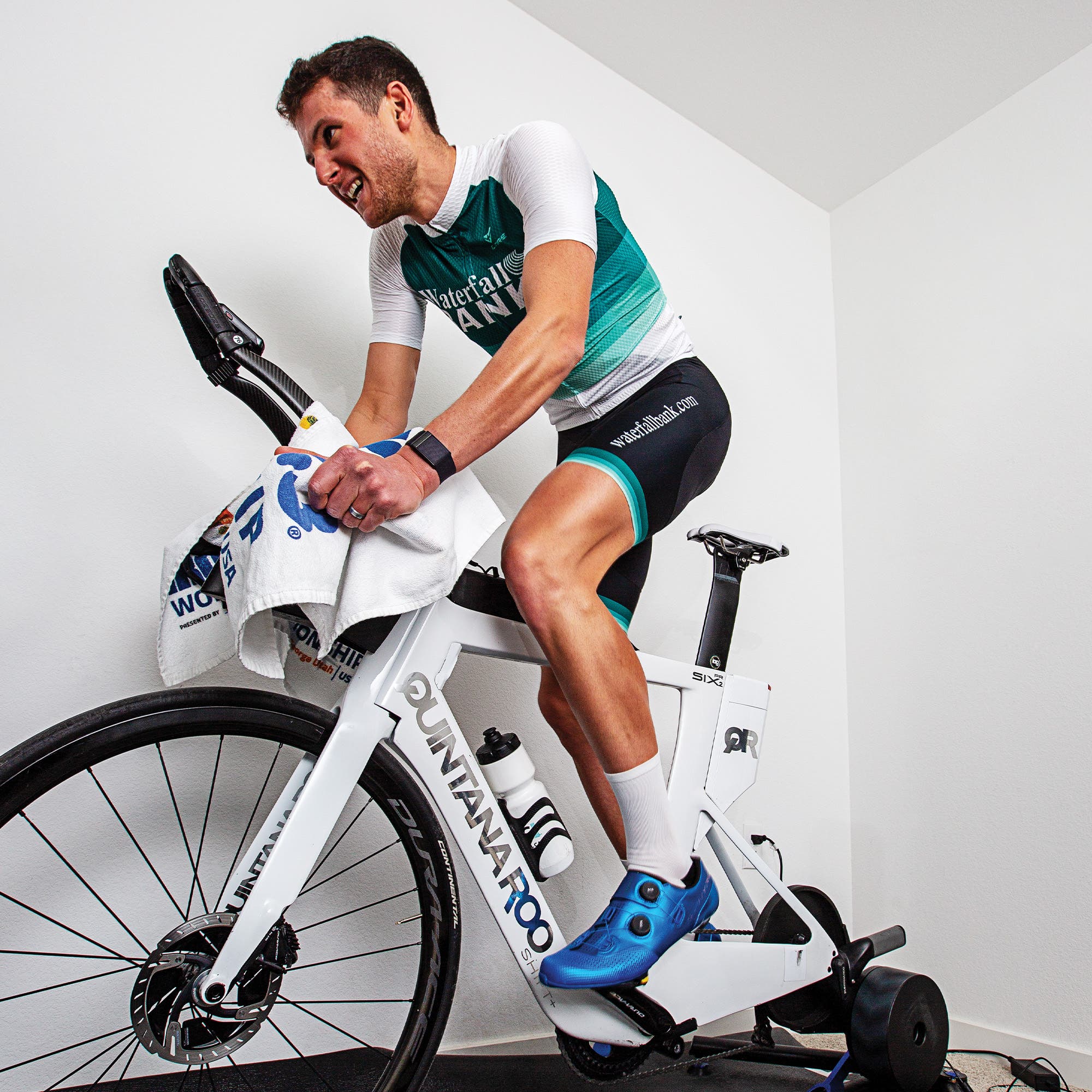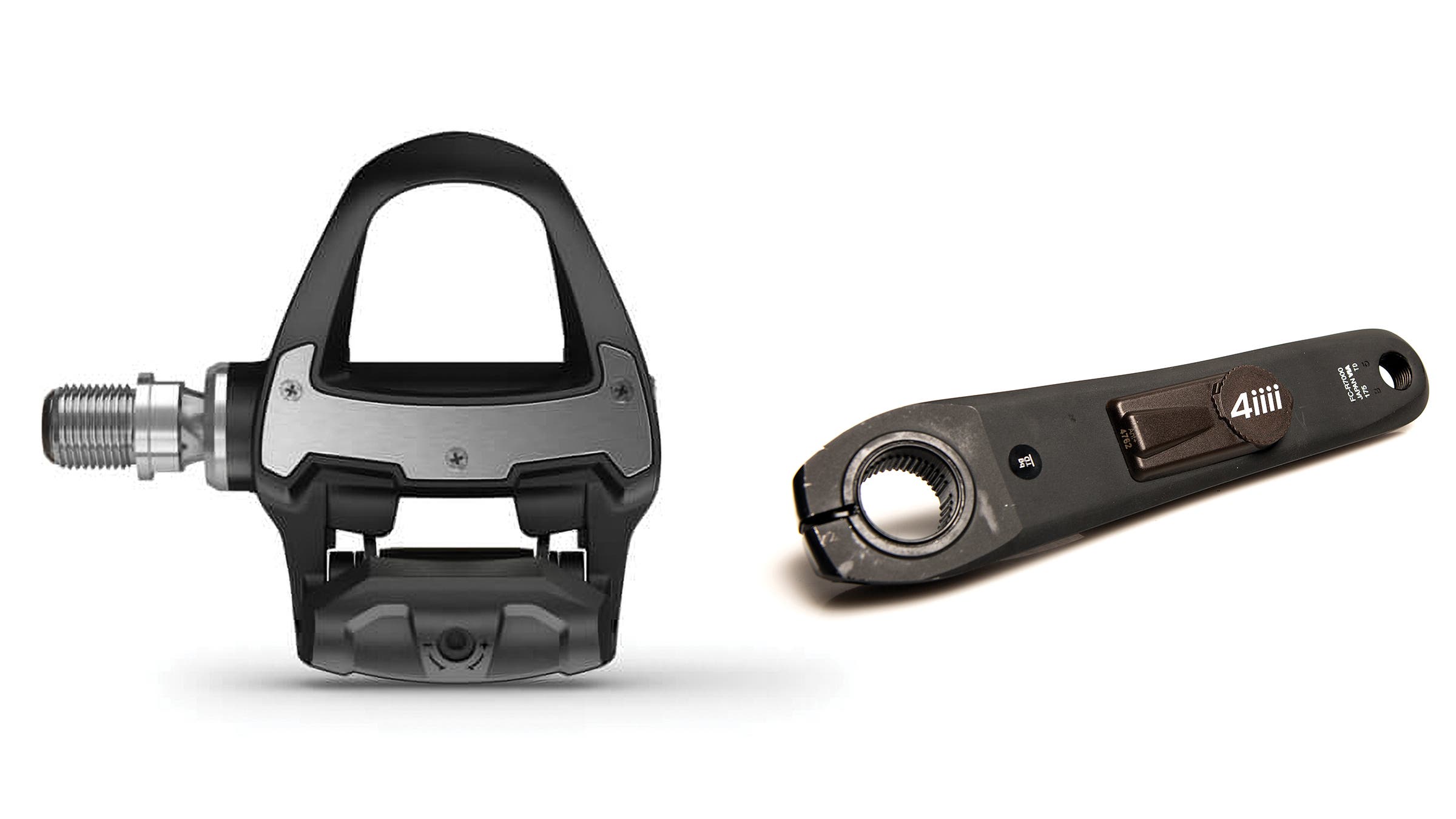Riding with a Power Meter Will Supercharge Your Training

(Photo: Brad Kaminski)
Many top triathlon coaches will tell you they’ve seen their athletes make huge gains in cycling performance and efficiency after introducing a power meter into their training arsenal, but why? And how could it help you up your game on two wheels?
“It’s a game changer.” That’s what cycling coach and bike-fit guru Matt Bottrill believes when it comes to training with power. Admittedly he’s no new kid on the power-meter block—he’s been using one since they first came out more than a decade ago.
“Using a power meter gives you accurate, real-time data—power is absolute,” said Bottrill, who is the bike coach to a number of top pros. “This helps to optimize each and every session, and really make your training work for you. Power also directly correlates with performance. If your power goes up and your weight and aerodynamics don’t change, you will go faster.”
Getting started with power-based training is relatively straightforward—if you know what you’re looking for. There are now a myriad of options on the market, which can be pedal-based, crank arm-based, or installed in your crank’s spindle, on a wheel, or in a few other less-common spots. Each has their own pros and cons to consider (check out some of our favorites below). You will also need a head unit/bike computer or smartwatch to display the metrics the power meter spits out.

The Benefits of Power
Unlike heart rate, power is a measure of absolute work. It’s measured in watts—the torque (force on the pedals) multiplied by your cadence (revolutions per minute)—and reflects real-time effort, that is, how hard you are pushing. While many athletes use heart rate to train, heart rate does not tell you about real-time work, just how fast your heart is pumping. Fatigue, stress, heat, caffeine intake, delayed responses, and other environmental factors can all affect heart rate, making it a less reliable training metric than power.
Part of the reliability of training with power is that it’s easy to set up regular fitness tests to monitor progression and the efficiency of your training. One of the key ways this is done is by undertaking a test to determine your functional threshold power (FTP). Bottrill said: “Your FTP is essentially how much power you can hold for an hour and is a standard benchmark test for cyclists and triathletes.” You can then use this number to set targets for all of your workouts and to ensure your training program contains the right blend of work at the correct intensities, which can also be specific to your strengths and weaknesses. You can also use it to help with in-race pacing. Most coaches recommend repeating a FTP test every four to six weeks, but that can vary based on the athlete and their goals.
“A power meter gives you instant feedback,” Bottrill said. “You can use it to keep yourself at the right intensity for the duration of your effort. Whether that’s a five-minute interval at 110% of FTP or a 40-minute sweetspot ride, if you back off for even a second, the power numbers will drop.”
Note: Sweetspot is the term given to riding at 88–95% of FTP. For more information on this and other terms see our glossary below.

Making Gains
Those new to using power meters often make significant gains in their first year of riding with watts. Like Bottrill, endurance coach and author Joe Friel is a huge advocate of training with power and said it’s not unusual to see new power meter users make a 20-30% improvement in their FTP in their first year. “This could easily translate into advancing from being a finisher to being top 10 in your age group,” Friel said.
He attributed this to the training prescription being more precise and targeted, and, over time (and with enough data), being able to determine each athlete’s optimal training load, knowing how much is enough to see progressive overload without overdoing it. This often leads to more quality sessions, less quantity or “junk miles,” and enhanced adaptations and recovery.
Pace Your Power
The benefits don’t just come in training—a power meter is a great asset for racing too. Bottrill said: “When it comes to racing, especially over longer distances, using a power meter can help the athlete to hold back at the start of the race in order to ensure they can ride consistently for the entire duration of the race.”
Some athletes will also set a power cap or range to prevent them from going too hard on the bike and not executing the run to the best of their ability. And, of course, the data isn’t just useful in-race but post-race too, for both coach and athlete to analyze and assess what worked well and what could be improved.
Power Up
Friel said: “The power meter tells the athlete and coach several things about how the rider expended their energy during the bike leg. There are two markers of this—Variability Index (VI) and Intensity Factor (IF). Both are products of power expended during a race or workout.”
The VI reflects how steadily or varied the athlete rode, and is calculated by dividing normalized power by average power. For example, 1.0 means they rode consistently the exact same power the whole time, where a higher number like 1.2 (necessary in a crit or cycling race) means there were more peaks and valleys in power. Friel said that, for triathlon, this number needs to be low, around 1.05 or less.
The IF is simply your normalized power for ride as a ratio of your FTP, which gives you a sense of the relative intensity for that race or workout. IF can also be used to determine what effort you must ride to produce a good performance (and this can be displayed on your bike computer, should you wish to monitor it mid-ride or mid-race).
But power’s not all about numbers, data, and metrics. Bottrill believes using a power meter can even lead to athletes enjoying their training more and tuning into what works for them. “Seeing your power data going up is incredibly motivating,” he said. “It helps you to keep on training, keep on pushing, and helps you to look forward to your goal race, knowing for sure that you’re fitter than you ever were before.”

Types of Power Meters
Cycling power meters are getting more accurate, cheaper, and more useful than ever. Check out two popular types and our picks.
Pedal-Based Power Meters
- How it works: Strain gauges in the pedal spindle measure force and cadence
- Pros: Easy to transfer from bike to bike
- Cons: Stuck with pedal cleat system; slightly more expensive
Crank Arm-Based Power Meters
- How it works: Strain gauges attached to crank arm measure force, internal accelerometers measure cadence
- Pros: Very lightweight, easy install, less expensive
- Cons: Slightly harder to transfer to other bikes; limited crank-arm lengths
Single- or Dual-Sided?
Just measuring power? Single-sided pedal-based and crank-arm power meters are great. If you’re looking to unpack more about how you pedal—with more accurate cycling dynamics on each leg (balance, smoothness, etc.)—then go for dual-sided.
Get Smart
Most of today’s smart trainers have built-in power measurement as well—useful if you want to train with power exclusively inside, but not as useful if you want to race with power or train with it outdoors.
Glossary
Cadence: The revolutions per minute (RPM) of your cranks.
Calibration: Commonly seen in power meter computer head units, this refers to “zeroing” the power meter computer to establish a zero baseline. You should do this often for accurate data.
Chronic Training Load (CTL): The overall quantity of training that you’ve been performing over a set period of time.
Functional Threshold Power (FTP): The highest power a rider can maintain for an hour—sometimes simply called “threshold,” though there are other threshold in training zones points and other ways to determine FTP as well.
Intensity Factor (IF): The ratio of the rider’s Normalized Power (NP, see below) to the rider’s FTP; used to determine relative intensity of work performed.
Micro-Bursts: Intervals with very short work and rest periods (e.g., 15 seconds on, 15 seconds off).
Normalized Power (NP): An estimate of the power a rider could have maintained for the same physiological “cost” as if it had been perfectly steady/constant, instead of variable (e.g., riding on a totally flat road vs. riding on rolling or hilly terrain).
Power: Force (torque) times revolutions or distance over time (cadence).
Power Profile: The specific measurements of max power (watts) per kilogram generated over different time intervals—typically, five seconds, one minute, five minutes, and an hour—to reveal the relative strengths and weaknesses of the rider.
Rate of Perceived Exertion (RPE): An athlete’s subjective evaluation of how intense a workout feels on a scale of one to 10.
Sweet Spot: The name given to the intensity around 88–95% of FTP.
Training Stress Score (TSS): A number that takes into account the duration and intensity of a workout to generate a single estimate of the overall training load and physiological stress created by that session (used on the TrainingPeaks platform).
Variability Index: The ratio of normalized power to average power, which provides an indicator of how variable a rider’s power output was during a particular ride. Ideally, the VI in a triathlon should be very steady, meaning 1.05 or less.
VO2Max: The maximal rate of oxygen uptake that can be achieved during exercise.